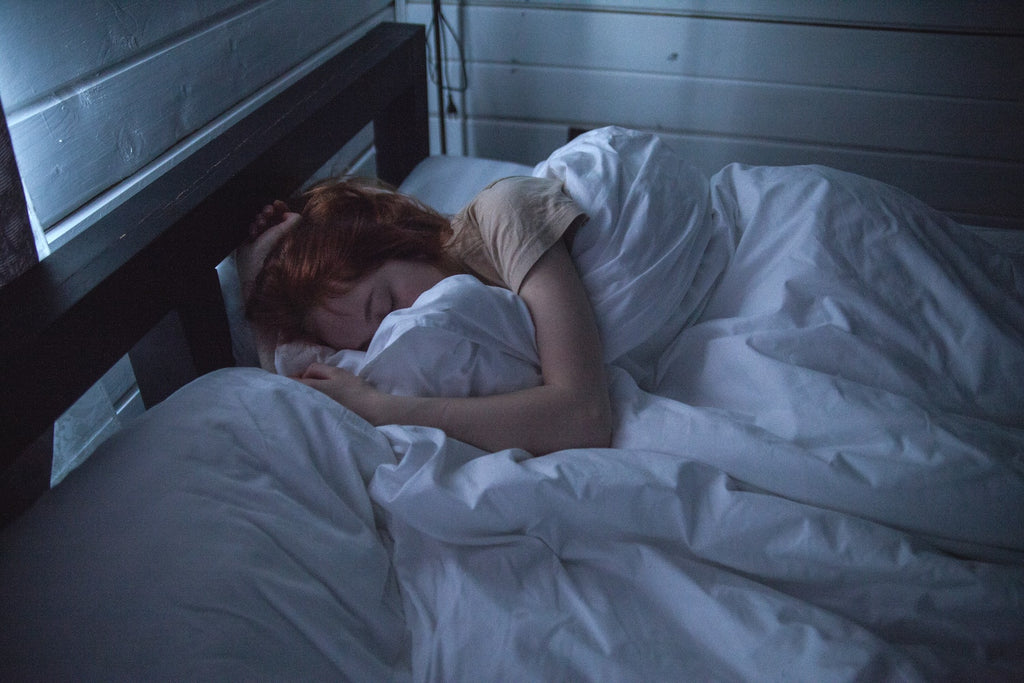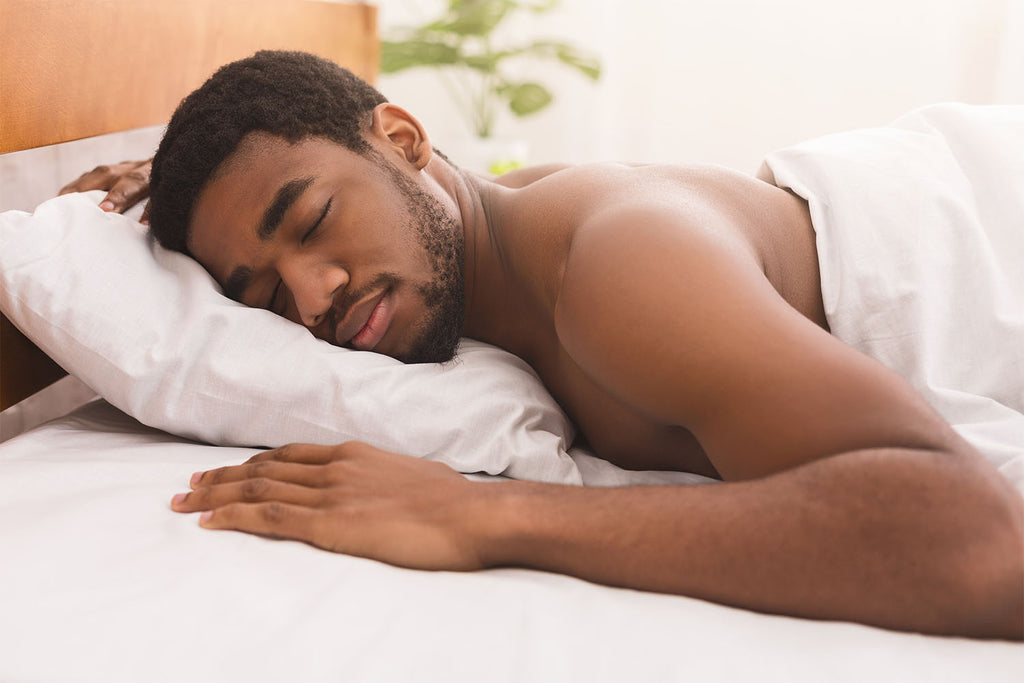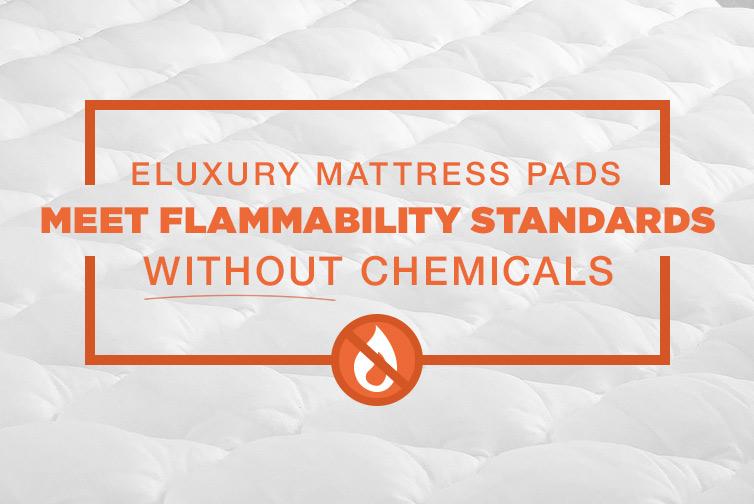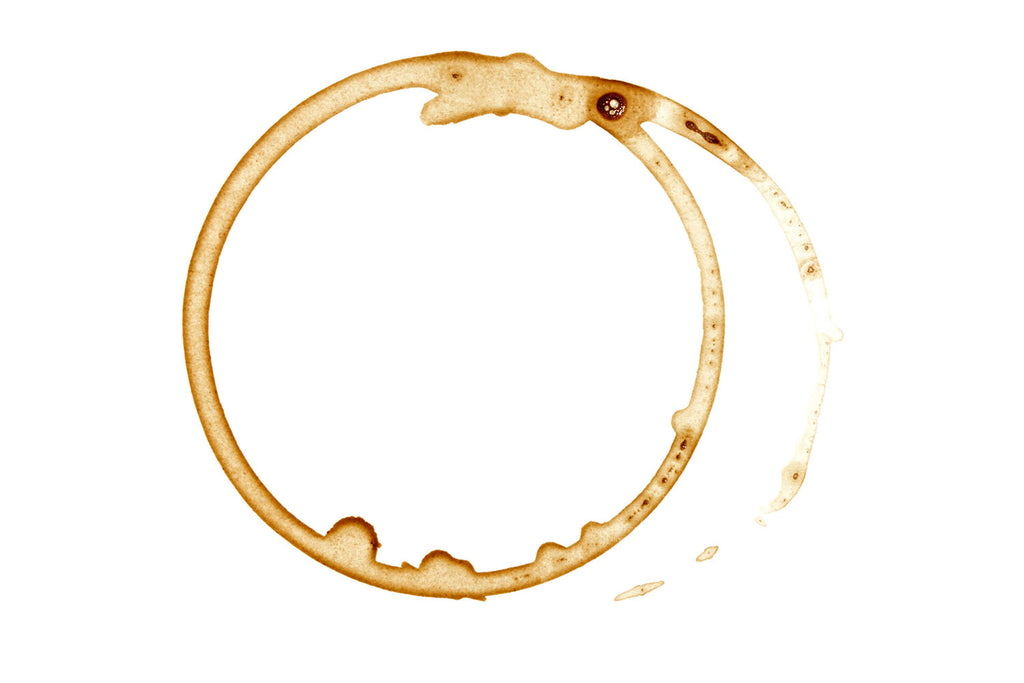
All About Pilling

While you may be unfamiliar with the term, pilling is something that we all deal with at some point in our lives. It can prove to be quite bothersome, especially if you just purchased new sheets and they already begin to see the effects of pilling.
Still not sure what we’re referring to? We’ve got your back! Join us as we break down exactly what pilling means in today’s article. We’ll also explain how it happens and what to do so your sheets look and feel brand new!
What Is Pilling on Clothes?
Have you ever purchased a new set of high-quality sheets to find them becoming frayed after only a few weeks? Have you ever laid on a sheet consisting of nothing but lint balls and fuzz?
This agonizing situation can be known as “pilling.” Pilling can be defined as a surface defect pertaining to the ends of loose fibers, causing them to knot at the surface of the fabric, only to become a magnet for lint and dirt.
What Causes Pilling on Different Fabric Types?
Fabric pilling occurs through regular day-to-day usage and repeated runs in the washer, which can also be escalated if one does not follow the washing instructions. In fact, the most common reason pilling happens with eLuxurySupply customers is because of not using the washing machine properly or not hand washing.
This is one of the most important steps in avoiding pilling in knitted fabrics. Cotton sheets, if not new, are especially vulnerable. Sheets that are made of a blend (like cotton-polyester) are more inclined to pill compared to sheets that are made of 100% cotton.
It’s easy to assume that the washing instructions that worked for your previous set of sheets could work similarly for the sheets you just purchased, so no one is blaming you for making this mistake!
However, if you want to avoid sleeping on sheets that are littered with these uncomfortable clusters of fuzz, carefully read the washing instructions that come with the sheets.
Not only will following these instructions prevent pilling for as long as possible, but it will also maintain the integrity and comfortability of your sheets. We all want our bed sheets to feel like they are brand new for as long as possible.
How Do You Prevent Pilling in the First Place?
Remember, pilling is simply caused by excess abrasion. This means that pilling often occurs at the foot of your bed — an area where your feet cause friction by rubbing up against your sheets. Even something in your hair or some stubbly facial hair could be the culprit behind your pilling.
We point this out so that you know that pilling, as bothersome as it may be, is a natural occurrence that comes with owning any bedsheets.
With that being said, let’s get into some ways to prevent this from happening to your bed sheets.
Pilling Prevention 101
Thankfully, there are ways of preventing this night-time turmoil. Washing your sheets with a short, gentle wash cycle and using a mild liquid laundry detergent can prevent many issues as well as extend the life of most sheets.
Washing the sheets in cold or slightly warm water may also help to prevent any of those pesky fuzz balls from popping up on your sheets. This is because hotter water could cause the fibers in your sheets to lose some of their strength and get tangled.
Additionally, using a gentle cycle will reduce fabric wear and prevent the fibers from fraying. Secondly, avoiding detergents that leave residue will prevent the fibers from balling and clumping together. You should also avoid washing your sheets with any sort of harsh bleach. Even in small amounts, bleach can degrade your sheets and could cause pilling.
People with oily skin are more likely to discover their side of the bed becomes more pilled than that of the opposite side. Avoiding cosmetics, creams, and lotions before bed can reduce the chance of pilling as well.
Leaving sheets in the dryer will also thwart the effects of pilling. Letting a pair of sheets air dry at room temperature rather than baking in the dryer for a while will lessen the chance of the sheets pilling substantially.
There is no magical pair of "non-pilling" sheets, but there are higher-quality sheets that have a lower chance of pilling. Cotton sheets are made with single-ply fine fibers that have a very low chance of knotting and pilling. While this option may do considerably more damage to the pocketbook, the upside is that you now own a luxurious and long-lasting set of sheets that (probably) won’t pill.
Finally, you could also try and keep your sheets out of direct sunlight. The heat from the sun could cause more damage to the sheets’ fibers.
How To Fix and Get Rid of Pilling on Sheets: Fabric Care Tips
As frustrating as pilling is, don’t discard your sheets merely because of pills! There are plenty of methods to get rid of pilling, even if some of the tips above aren’t working on your sheets.
A Lint Roller and Razor
A razor, believe it or not, can help to get any of the small balls of fuzz that you see poking out of your sheets. Try running your razor (or a specialized fabric shaver) over the sections with excess fuzz.
Make sure you drag the razor down the fabric rather than shaving upward. Doing so will pull up those fuzz balls much easier and faster than doing it angrily by hand. If you find that there are any remaining bobbles left over, grab a lint roller and rub it over any areas where you see stragglers.
A Pair of Scissors
This method may be a little riskier compared to the last, but regardless, it is still effective.
To get the most out of your scissors, check that you are using a pair that are fairly small. You want to use smaller scissors because the bigger the pair, the more likely you are to make an accidental tear in the sheets — which is the last thing you want.
Getting rid of pills with scissors is simple. Just pull your sheets over a surface with a curved edge, and begin cutting at those piling sections to get rid of those fuzz balls.
As a disclaimer, it’s best to avoid using scissors on materials like acrylic or cashmere.
A Fuzz Remover
Fuzz removers are trusty tools for removing any pills lingering on your sheets.
These tools are typically battery-operated and quickly work to remove any fuzz, pills, and lint from a number of surfaces. If you have one of these handy machines lying around your house, don’t hesitate to use it when trying to get rid of those pesky pills that are on your sheets.
Which Sheets Don’t Pill?
If you happen to be looking for a set of new sheets, there are a number of different kinds of materials and fabrics that are less prone to pilling.
Search for a set of sheets made from more natural materials. Anything from linen to bamboo to even silk is worth considering. These materials have longer fibers, and shorter fibers are known to cause quick pilling.
In addition, some cotton sheets are very resistant to pilling. Look for cotton sheets with longer fibers — these are made from long-staple cotton. If you prefer cotton over the materials mentioned above, long-staple is the way to go.
Sheets and Pilling: What To Remember
While pilling may naturally occur over time due to excess friction and use, there are various methods you can use to avoid this issue.
Remember to wash your sheets on a gentle cycle with lukewarm or cold water. This washing method will help your sheets to stay strong and together. In addition, avoid putting any harsh chemicals on your sheets, such as bleach, since these can damage the fibers.
If you do see pilling, using scissors or a razor and lint roller can help to remove some of those pesky fuzzballs. If you find that pilling is incessant and decide to buy new sheets, go for a sheet set made out of bamboo, silk, or any other material with longer fibers.
Sources:
How Often You Should Wash Your Sheets (And How to Get Them Really Clean) | Wirecutter
How to Prevent and Remove Pilling on Clothes | The Spruce
How to Remove Pilling From Clothes Using an Item You Probably Have in Your Bathroom | Bob Vila




